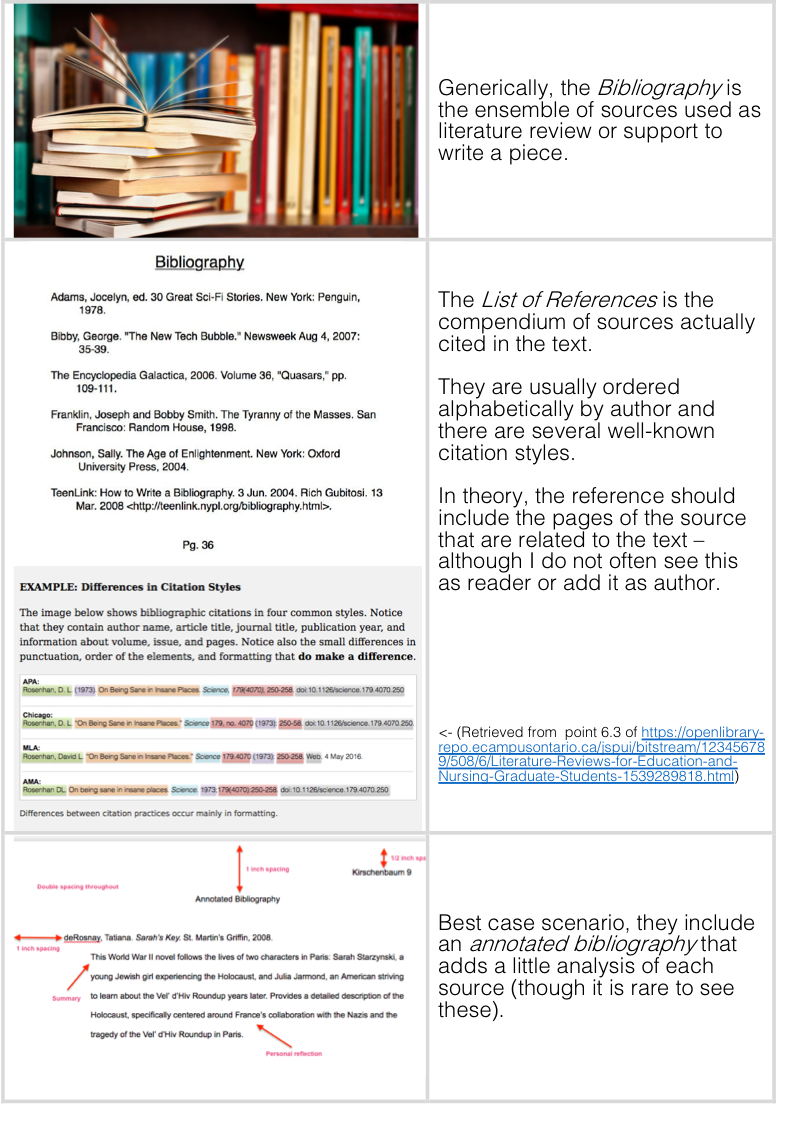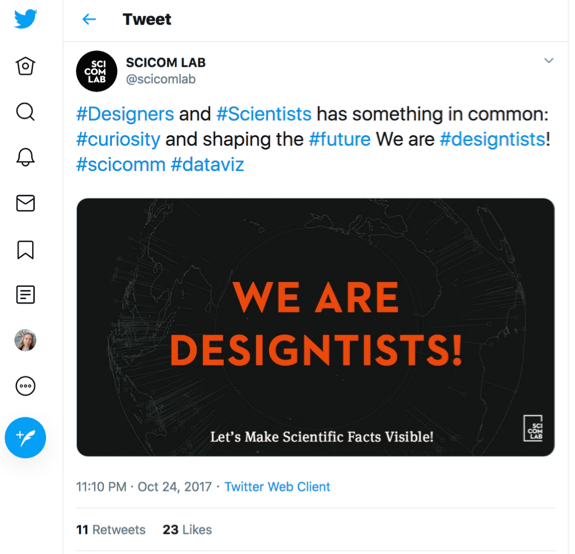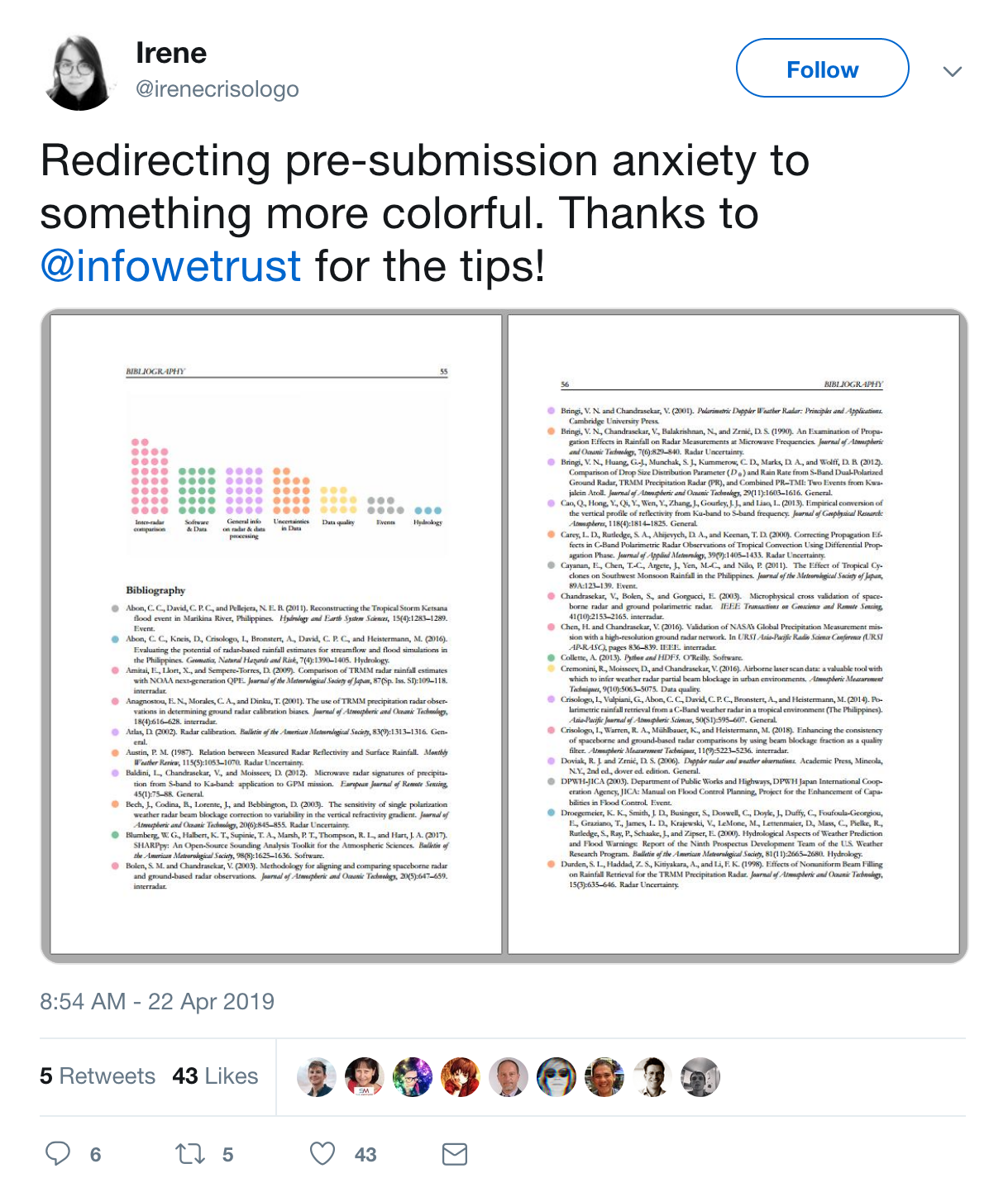 Hi again! I’m Sara Vaca, independent evaluation consultant and one of the frequent contributors to Saturday posts in this blog.
Hi again! I’m Sara Vaca, independent evaluation consultant and one of the frequent contributors to Saturday posts in this blog.
As a newbie in academic circles (I started writing 5 years ago, shortly after started evaluating), I am going to share my thoughts about bibliography sections, both as an author and as a reader.
Basically, as an author I am slightly stressed, first not to forget citing any source I may have used or has inspired me; and second, managing to make it complete enough (why short lists of references tend to look suspicious – or is it me?)
And as a reader, I can take a quick look to see if I know any of the sources, but I cannot make much sense of that long list of books… Maybe veteran scholars can draw conclusions just looking at the bibliography someone used, but I can’t.
Lessons Learned: So what is this section included at the end of papers, essays, dissertations, books and reports?

There is of course no doubt about the necessity of crediting the authors that have helped you build your paper or book, but I think bibliographies could evolve to become more informative and user-friendly.
Hot Tip: The good news is that lately, scientific and academic fields are starting to open the door to creativity and even to eventual collaborations with designers to make their work more accessible:

Hot Tip: Some interesting ideas could help with this:
- For more transparency, I would like to know how each document contributed to the text, so the bibliography could include a short paragraph, not describing the source itself (like in annotated bibliographies) but describing how the source (and which particular part of it) was used.
- The list of documents could add information about their type or subject. Here is an example by type:


- They could also be ranked by their level of influence, including the most relevant first and the least at the end.
- They could also be mapped showing how each source influenced one or several sections of the paper or book.
- It could even include a screenshot of the original paragraph? Not sure if that is copyright-wise feasible, but that would be awesome!
And many other potential ideas (I’m working on mock-up visuals of them) to help make bibliography sections more informative – rather than the present drab, non-visual lists… 😛
Do you have questions, concerns, kudos, or content to extend this aea365 contribution? Please add them in the comments section for this post on the aea365 webpage so that we may enrich our community of practice. Would you like to submit an aea365 Tip? Please send a note of interest to aea365@eval.org. aea365 is sponsored by the American Evaluation Association and provides a Tip-a-Day by and for evaluators.

Thanks, some interesting ideas. The world of citations is fraught with controversy for sure. Authors love to see their work cited (at least, positively). However, “being cited” could mean, “this work was pivotal in the development of the ideas in my article,” or it could mean “this work was barely skimmed by me, and one sentence in it was useful, along with 4 other works, in explaining a single point in my article.” Some of what you propose would help with this.